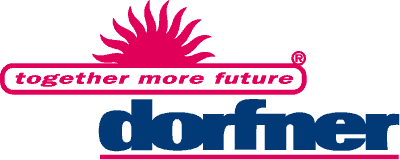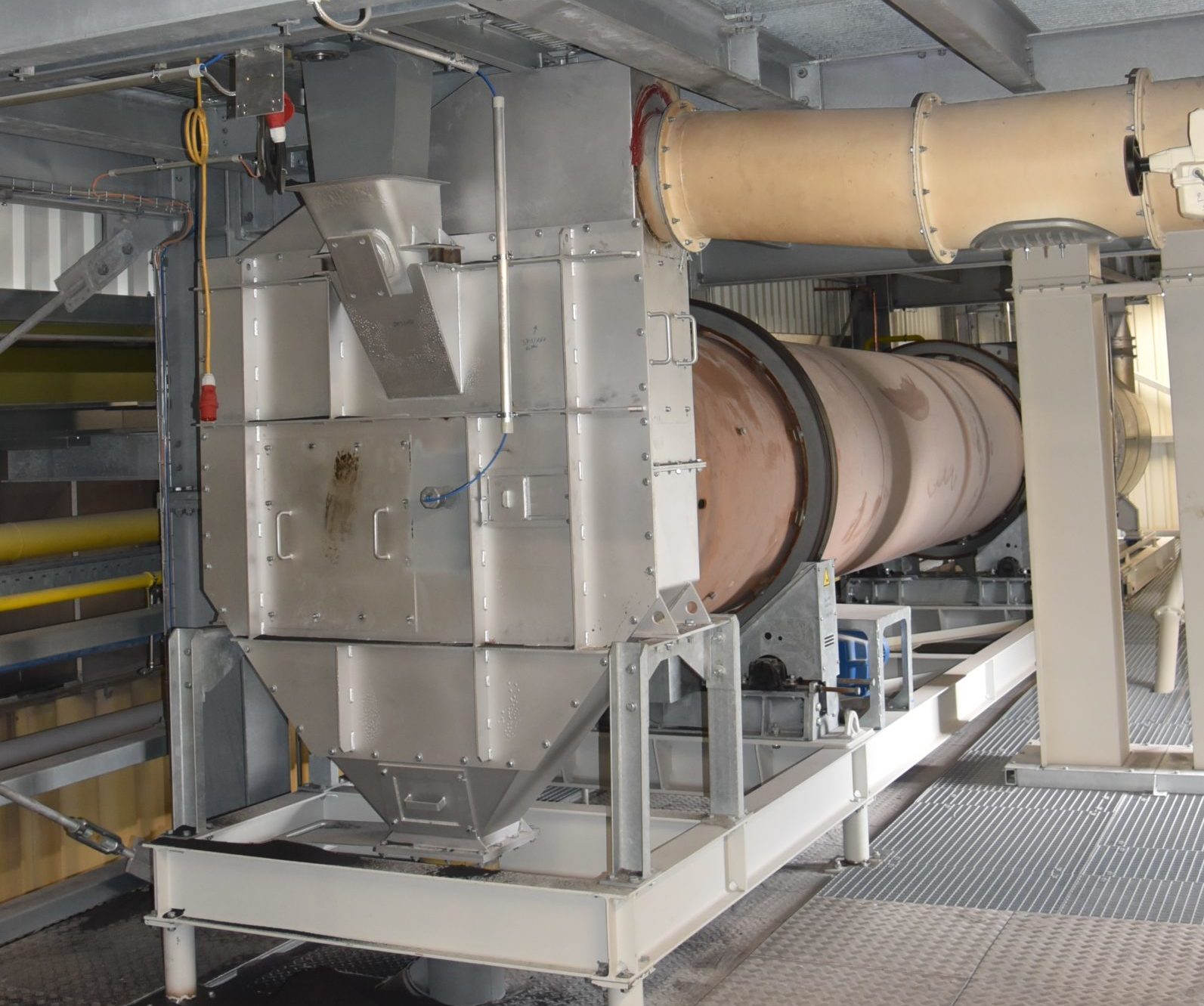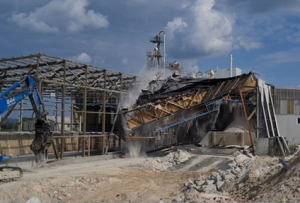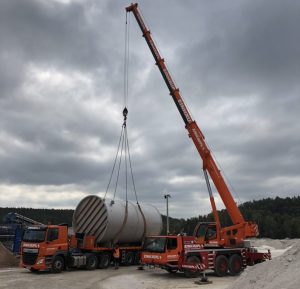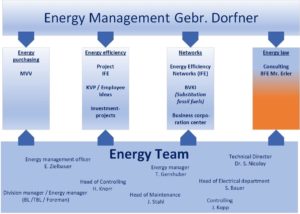After two years of planning and construction, our 4th production line for ceramic-bound colored sand has been commissioned. With a throughput of 4 tons per hour, the newest and now the largest of the four production plants is able to produce more than 20,000 tons of coated sands annually for use in composite materials, industrial floors and in sports facility construction. As a result of the capacity expansions for synthetic resin-bound colored sands in recent years, we can also guarantee delivery security for ceramic-bound products in a constantly growing market.
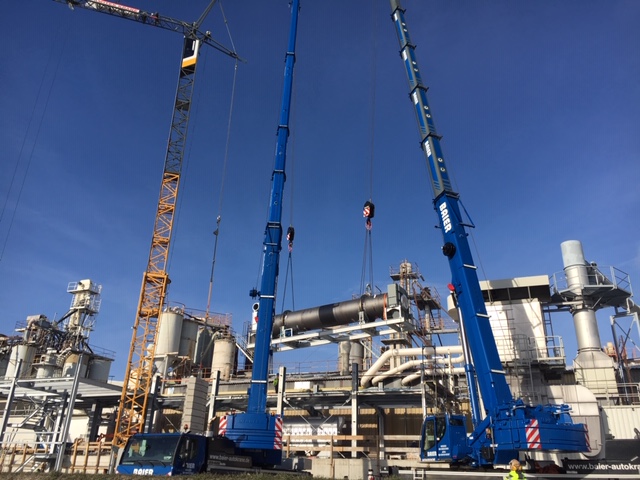
Technical highlights
As part of the project, targeted improvements to the thermal coating processes, which have been tried and tested for more than 35 years, were planned and implemented. Optimized air and temperature control, for example, enables thermal treatment of the fillers in a significantly wider temperature range. This brings us closer to new possibilities in organic coating processes.
In addition, the use of an individually and continuously adjustable intensive stirrer significantly increases the mixing intensity and thus improves the digestion of the color pigments used.
With the help of these optimizations, new, extremely fine and temperature-sensitive raw materials and additives can now be used in the coating. This means that, in the future, Dorfner will continue to be able to develop and manufacture a large number of new, innovative fillers for our customers.
Intelligent implementation
In the course of this project, all four production lines were connected to the upstream sand preparation in order to reduce internal transport. The required Dorfner natural sands are conveyed directly, when required, to colored sand production via a 125 m long conveyor belt section. Through this significant reduction in in-house truck traffic and the associated energy consumption and pollutant emissions, Dorfner is taking a further step in improving occupational safety and the sustainable use of resources.
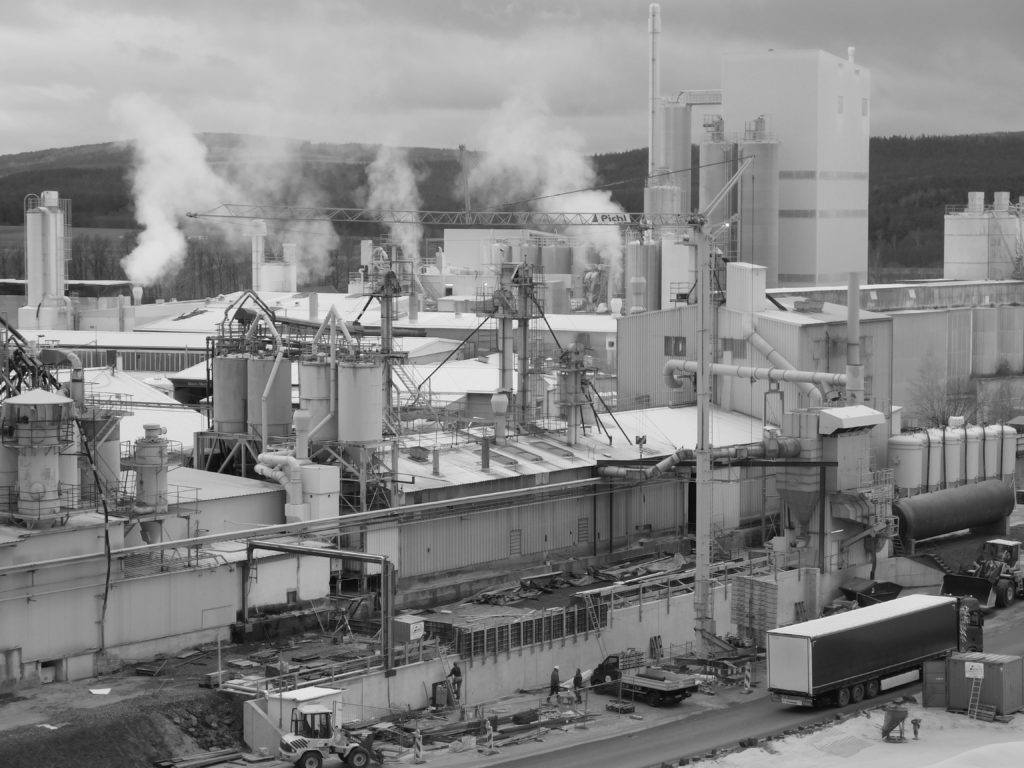
before 
after
Jochen Auber
